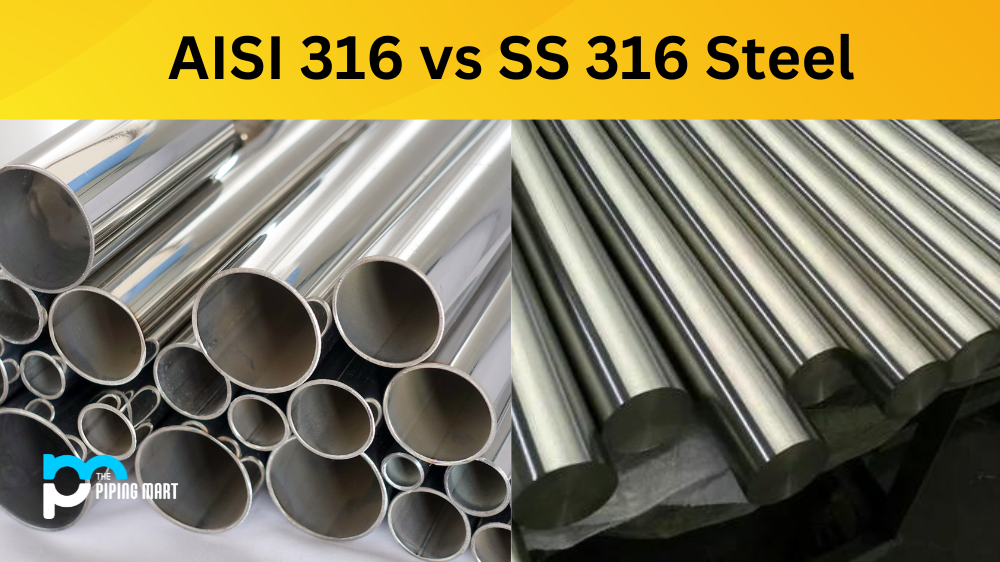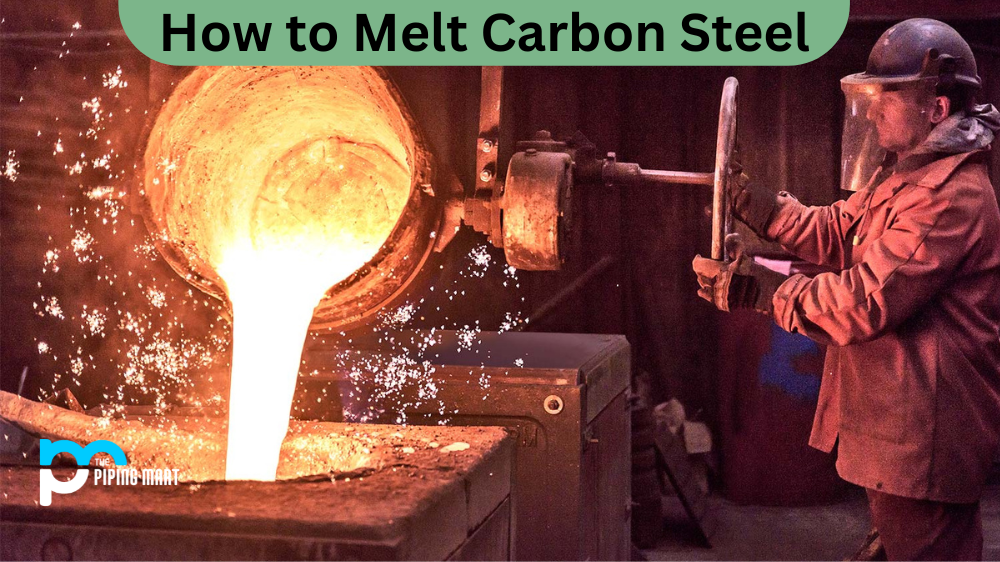Stainless steel has several grades that are used in a variety of different applications. Two of the most common steps are AISI 316 and SS 316 steel. In this blog post, we’ll look at the differences between these two types of steel to better understand which one is right for your project.
AISI 316 and SS 316 Steel Grades
AISI 316 (also known as American Iron and Steel Institute) is the standard grade for stainless steel that contains 18% chromium and 8% nickel. This type of steel is highly resistant to corrosion and can withstand high temperatures of up to 900 degrees Celsius. It is also solid, making it an ideal choice for medical equipment, food processing equipment, outdoor furniture, and many other applications requiring strength and durability.
SS 316 steel (also known as stainless steel) is the second most popular grade after AISI 316. It contains 18% chromium but only 6-8% nickel instead of 8%. It is slightly less durable than AISI 316 but offers excellent corrosion resistance under normal conditions. It can also withstand temperatures up to 900 degrees Celsius, but its strength may be reduced at higher temperatures, so it should not be used in applications where extra strength is needed. It is often used in medical implants and marine hardware due to its high corrosion resistance when exposed to salt water or other aquatic environments.
Difference Between AISI 316 and SS 316
AISI 316 and SS 316 are both stainless steel grades commonly used in the food and beverage industry. While both sheets of steel are stainless, there are some critical differences between them.
Composition
The main difference between AISI 316 and SS 316 is in their composition. AISI 316 contains 16% chromium, 10% nickel, and 2% molybdenum. SS 316 contains 18% chromium, 12% nickel, and 2% molybdenum. The additional chromium in SS 316 gives it better corrosion resistance than AISI 316.
Cost
Another difference between AISI 316 and SS 316 is their cost. AISI 316 is typically more expensive than SS 316 due to its higher chromium content. However, both steel sheets are relatively affordable compared to other stainless steel grades.
Uses
Both AISI 316 and SS 316 can be used in various applications requiring corrosion resistance. Some typical applications for both sheets of steel include food processing equipment, chemical storage tanks, and marine environments.
Weldability
AISI316 is more weldable than SS316 as it has a lower carbon content. This means that it can be welded without the risk of carbide precipitation, which can lead to corrosion in the weld area. However, both steel sheets can be welded using all standard welding methods.
Corrosion Resistance
One of the most important properties of stainless steel is its corrosion resistance. AISI316 and SS316 have excellent corrosion resistance thanks to their high chromium content.
Conclusion:
AISI 316 and SS316 are valuable grades of stainless steel with excellent properties such as high corrosion resistance, strength, durability, and heat tolerance. Depending on your application needs, either quality could be suitable for your project; however, if maximum strength or heat tolerance is required, AISI316 may be the better choice, whereas corrosion resistance in marine environments is essential, then SS316 may be preferable. No matter which grade you choose, you can rest assured knowing that both grades will provide you with excellent performance for years to come!

Abhishek is a seasoned blogger and industry expert, sharing his insights and knowledge on various topics. With his research, Abhishek offers valuable insights and tips for professionals and enthusiasts. Follow him for expert advice on the latest trends and developments in the metal industry.




